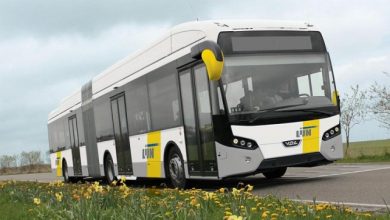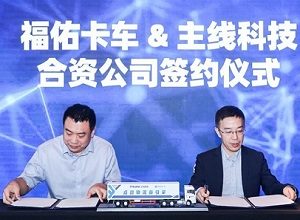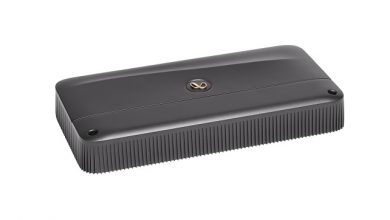Raythink sets up software team in India to develop AR-HUD AR Generator SDK

Raythink, a provider of in-vehicle AR display products and solutions, announced that the company had established a subsidiary, consisting of dozens of software experts, in Bangalore, India, to develop the Augmented Reality Head-Up Display (AR-HUD) AR Generator SDK. Previously, the company had set up an optical team in Taipei, as well as a hardware development and testing team in Shenzhen, both of which are engaged in the expansion of the AR-HUD product line and the design of PCBs. With its international teams, Raythink has accumulated many years of experience in software development and demonstrated strong R&D capabilities.
Raythink’s development center in India includes a top-notch R&D team, an embedded platform team and an AR Generator SDK team. One key advantage lies in its focus on the AR Generator SDK for HUD products in the automotive sector, in a move to constantly accumulate experience and enhance their abilities in product development.
With each member coming on board with strong professional backgrounds, the team has end-to-end product development expertise, ranging from hardware design, BSP and algorithms to software embedding, installation and mass production, coupled with the ability to develop first-class advanced driving assistance system (ADAS) and driver monitoring system (DMS) algorithms.
The Team is made up of many prominent experts in software development with multiple patents and a wealth of experience under their belts. Team leader and Raythink CTO Dr. Kannan previously worked at LG and Altran, where he served as director of vehicle software and algorithms. He is not only an expert in vehicle architecture design, but also was a key contributor to the ADAS system algorithm of China’s high-speed railway.
The team provides customers with AR Generator SDK customization services which include the rapid development of scenarios, icons and other designs that meet their specific requirements, including simplifying OEM integration with AR Generator SDK and providing customized methods for input data sources through configuration files, vastly facilitating the OEM integration process for OEM developers. The team can work with multiple input sources and integration algorithms. The input sources can be navigation/map, ADAS, cluster, mobile and location-based service (LBS) data.
AR-HUD represents a significant breakthrough in HUD technology. It can project ultra-HD continuous images onto the windshield, greatly enhancing the ability of traditional HUDs through the seamless integration with AR technology.
The development of in-vehicle AR-HUD requires excellent hardware structure and optical design, as well as strong software development capabilities. In order to achieve true virtual-reality fusion, we need to rely on powerful algorithms to make the imaging fit the road accurately, assuring no distortion.
With years of experience in optical design, Raythink enables the hardware structure and optical design required for in-vehicle AR-HUD through its laser micro-diffreaction™ and patented OpticalCore® technologies. Through its proprietary AR Generator SDK, combined with the sensor data input from ADAS, Raythink makes imaging perfectly fit the road surface by repositioning coordinate module, distortion correction and other algorithm technologies, delivering a true AR driving experience. Based on customers’ system requirements, the entire AR Generator SDK can increase or decrease operation module configurations through a flexible configuration platform, so as to accurately and effectively control the computing load.
Powerful algorithms, combined with excellent Raythink AR-HUD hardware, will create a perfect AR-HUD experience for vehicles. AR Generator SDK 1.0 is ready now.
In order to ensure the operational efficiency of international teams during the pandemic, Raythink recently expanded its R&D team. The company established a pure software team in Changsha, in China’s Hunan Province, which is committed to the development of AR algorithms and software embedding, in a move to support the adaptive development and immediate response needs in China. At the same time, Raythink plans to partner with the team in India to achieve multinational and cross-regional cooperation. Looking ahead, Raythink will continue to leverage its technological advantages to iteratively enhance its accuracy and HUD effects, so as to address the challenges of globalization.





